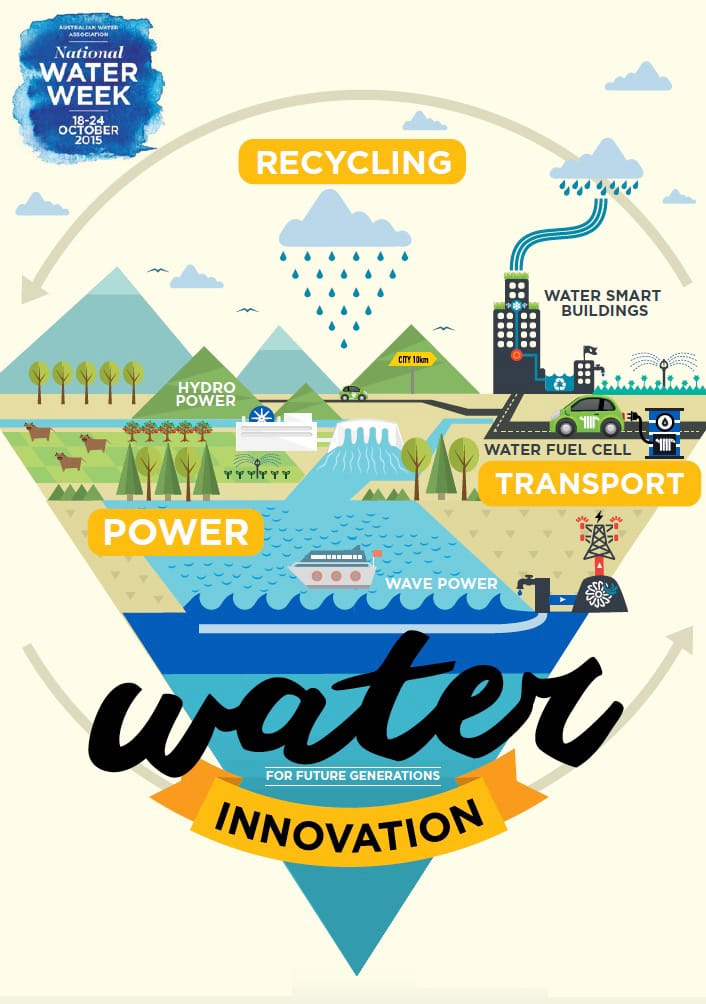Tapping into science innovation during National Water Week
While innovation in water management is regularly associated with new technology, CRC for Water Sensitive Cities researchers are proving advances can occur from research in diverse areas such as civil engineering, social science and landscape design.
This year’s theme for National Water Week, which runs from 18-24 October, is Innovation in the capture and management of water, and education around its sustainable use.
As city populations and geographic ranges grow, innovations in sewage and stormwater management are playing a key part in conserving and reusing water. The CRCWSC team led by Australian Academy of Technological Sciences and Engineering Fellow, Professor Zhiguo Yuan, were led on the path to a major innovative breakthrough in this field after the accidental discovery of the potential uses for free nitrous acid (FNA).

Professor Yuan, Program Leader of the CRCWSC Future Technologies Program, discussed the team’s ground-breaking work in his keynote speech at the recent 2nd Water Sensitive Cities Conference.
The bacteria-inhibiting molecule, which combined with other elements can kill a range of common bacteria in sewer and wastewater pipes, has the potential to transform wastewater management. FNA has already been incorporated by the team in two patented products sewer corrosion and odour control and three products for wastewater treatment.
While technological advances are vital, research into why people have certain water behaviours and how to promote water-saving habits is equally important.
In the Societal Innovation and Behaviour Change project (Project A2), researchers are looking at assessing community water literacy and opportunities for behaviour change, and developing strategies for promoting water sensitive citizenship in diverse communities.
The award-winning team’s water literacy study is the first to benchmark Australian water literacy and the results from a national survey of more than 5100 people provide a business case for community engagement and behaviour change programs.
Most respondents showed knowledge on topics such as the potential damage of household fertilisers on waterway health but had less understanding of the definition of a catchment, or that domestic wastewater is treated before reaching waterways. With this information, the research team is working with government and industry partners to develop methods for increasing national water literacy and encouraging the public to adopt and support water sensitive behaviours.
Community perceptions of water sensitive landscape features can play a big part in their success and a typical example is the introduction of raingardens into urban areas. Common feedback from residents to local councils has related to the lack of aesthetic appeal of raingardens and this thread is helping inform research by the Integrated multi-functional urban water systems (Project C4.1) team.
PhD candidate Harsha Fowdar and colleagues are looking at the use of ornamental plants as effective filtration media, potentially replacing less attractive plants and improving the appeal of green walls, raingardens and other greywater biofilters.